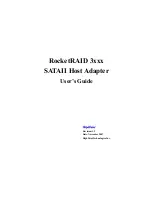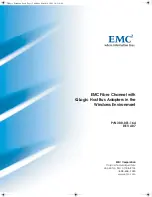
Caller ID Logging
DSX Software Manual
Features
◆
71
Features
- In
3712-03: Home Area Code Exception List Type
(page 859), specify the
Home Area Code Excep-
tion List
Table
as a Toll Table (
1
) or a Local Table (
0
).
- If it is a Toll Table, the codes you enter in the table are toll calls. All other codes are local calls.
- If it is a Local Table, the codes you enter in the table are local calls. All other codes are toll calls.
- In
3714-[01-96]: Home Area Code Exception List Table Data
(page 861) enter the numbers (NPA +
NXX) within the home area code that are exceptions.
2.
If no:
- Leave these options at their default settings (i.e., a Toll Table with no entries).
1.
If yes,
3715-[01-96]: Foreign Area Code Exception List Table Data
(page 862) enter the codes (NPA +
NXX) in the adjacent area code that are local calls.
2.
If no, make no entries in the Foreign Area Code Exception List Table.
Additional Caller ID Logging Programming
1.
If yes, use
9013-01: Initialize Caller ID Logs
(page 919) to clear the Caller ID logs.
2.
If no, skip this step without initializing.
1.
In
2102-01: Class of Service
(page 724), check the extension’s Class of Service level.
2.
If yes, in
1404-06: Caller ID Alert Lamp
(page 639) enter
Yes
.
3.
If no, in
1404-06: Caller ID Alert Lamp
(page 639) enter
No
.
1.
If yes, in
2111-08: Answering Machine
(page 733) enter
Yes
.
- Any line picked up by the answering machine will not be marked as answered in the Caller ID log.
2.
If no, in
2111-08: Answering Machine
(page 733) enter
No
.
7.
Are there any calls in an area code adjacent to the home area code that are local calls?
1.
Do you want to clear (initialize) all the Caller ID logs in the system?
2.
Should the Ring/Message Lamp
fl
ash when the extension has new Caller ID logs that have not
yet been reviewed?
3.
Does the system use a customer-provided answering machine instead of voice mail?
















































